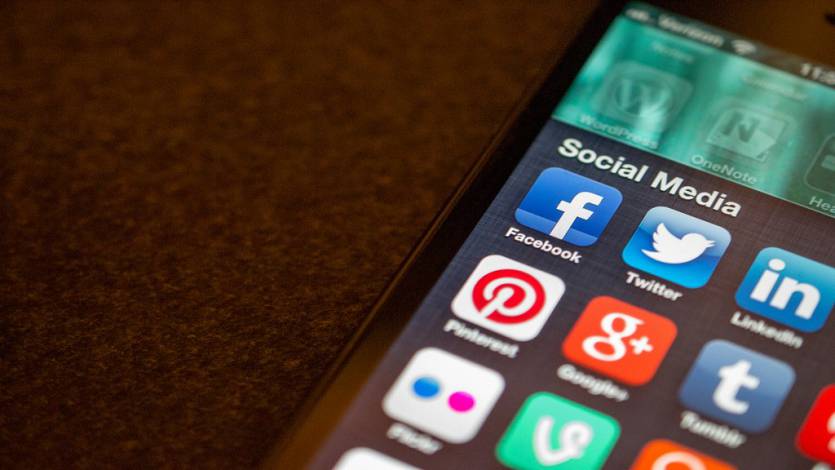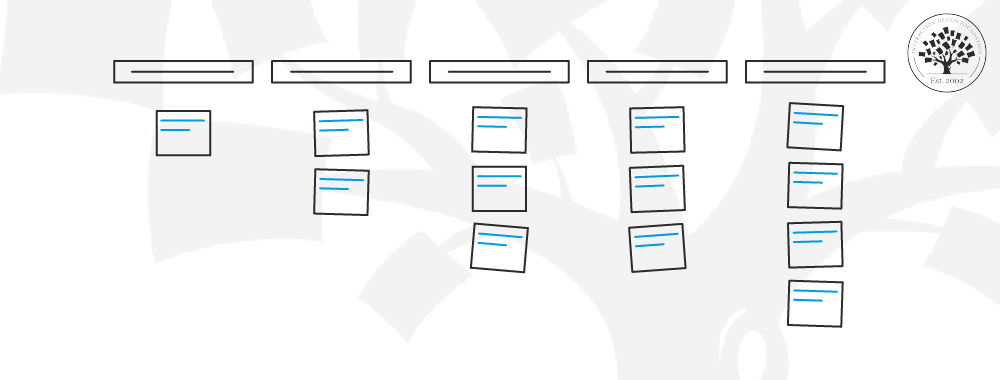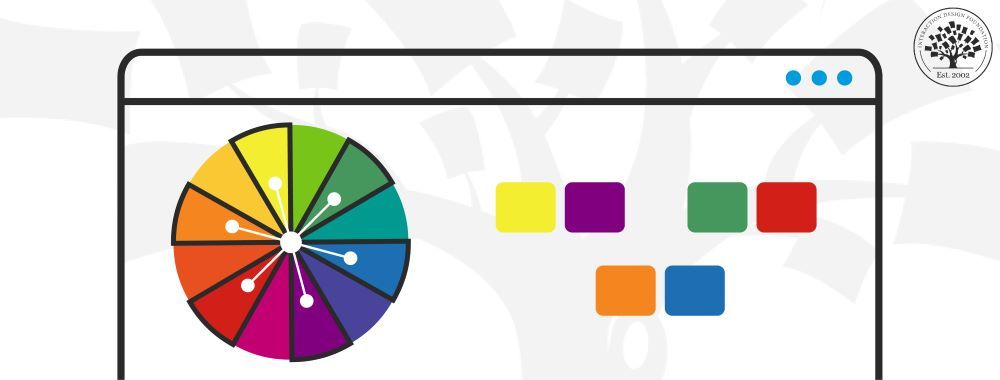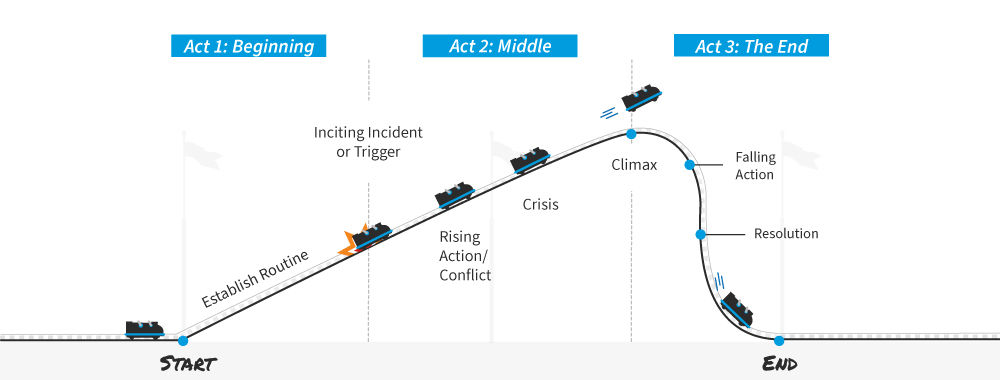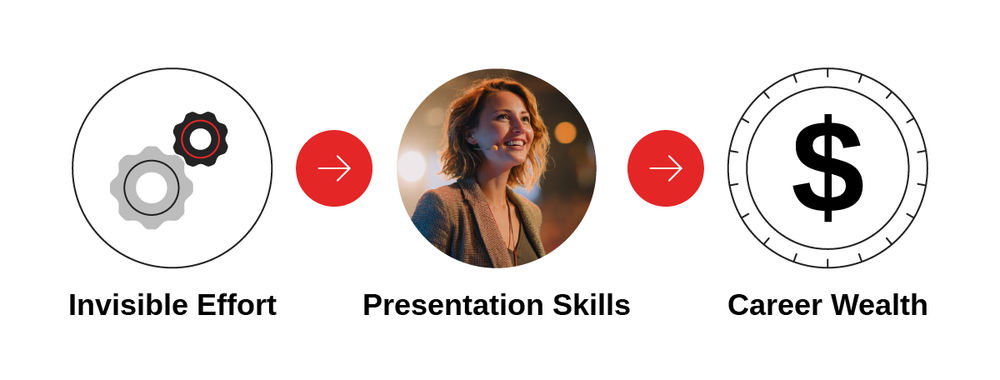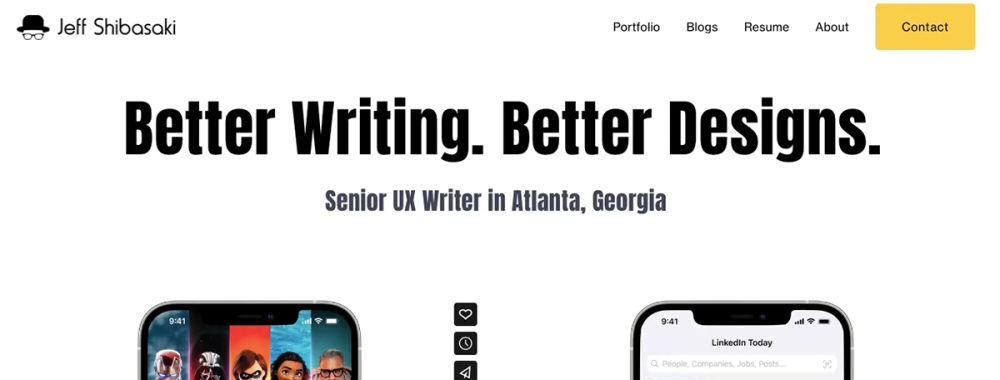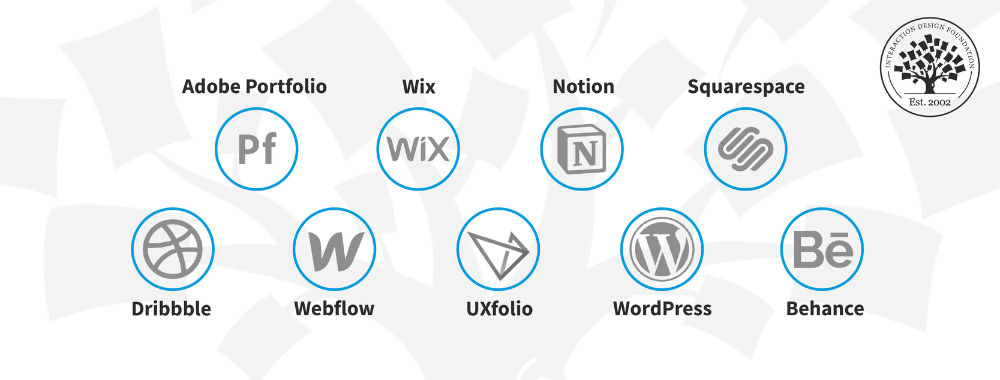Social media is near ubiquitous nowadays. Facebook alone has over 1 billion active users. Many other social network sites have hundreds of millions of users. There’s a vast amount of peer pressure to sign up for multiple networks, to broadcast information about ourselves and to add everyone we meet. But you might want to think about your approach if you want your UX career to go smoothly. Let’s look at some simple rules for safeguarding your career from social media disasters.
Keep Personal and Professional Separate
I loathe to add clients or colleagues to my actual social networks. I am delighted to add them on LinkedIn which is a professional network. The easiest way to avoid any controversy or career killing mistakes by allowing personal to leak into professional is to avoid it in the first place.
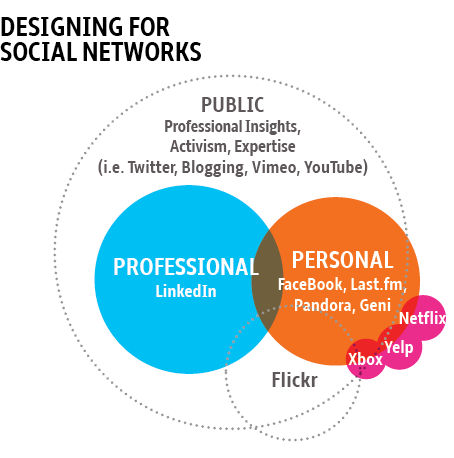
Author/Copyright holder: Joe Pemberton. Copyright terms and licence: CC BY-NC-ND 2.0
These seventeen people identified by Business Week would have probably have benefited from keeping their personal and professional lives separate.
You are in control of your Facebook, Twitter and Google+ life (or indeed any other social network you join). You are not required to add someone just because they ask to be. I politely explain to people that I like to keep my personal and professional lives separate and then ask them to connect on LinkedIn instead. To date, no-one has become upset over this.
Think Before You Speak
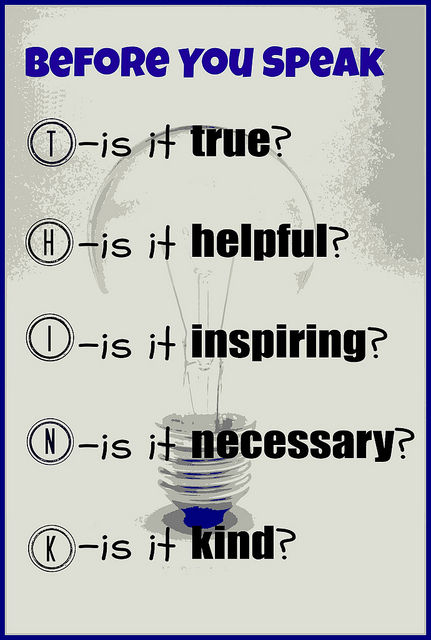
Author/Copyright holder: Denise Krebs. Copyright terms and licence: CC BY 2.0
If you have added your colleagues and/or your boss to your social media accounts then you need to think before you post. We’re firm believers in equal opportunities here at the Interaction Design Foundation and we’d be delighted to hear about your gay marriage or gay pride march. My previous employers in Saudi Arabia would have been rather less delighted. One of my colleagues in Dubai was fired for making a joke about the Prophet Muhammad (PBUH) on his Facebook page.
You don’t just need to think about what’s appropriate for your social group; you need to consider whether it’s appropriate in a work context. If in any doubt at all – don’t post it. Don’t share it. Or remove your colleagues, etc. from your social networking space first. But be sure do it thoroughly.
Keep it Private
The standard account settings on many social media platforms are designed to allow search engines to rake through their content and display it elsewhere. “Their content” in this case is “your content”. In Google+ you can restrict access to content depending on the post’s content. In Facebook you can look your account down to prying eyes.
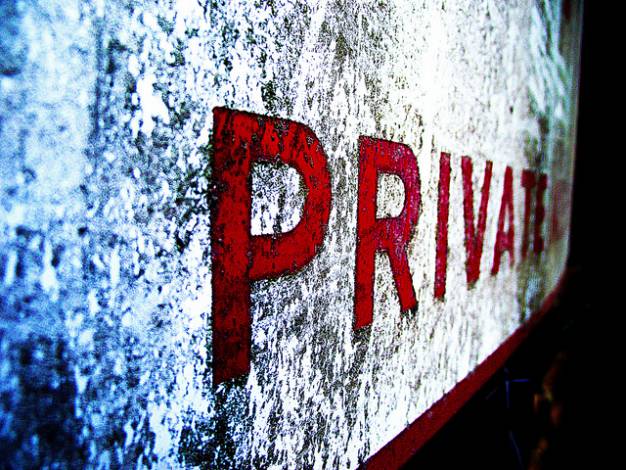
Author/Copyright holder: Nathan O'Nions. Copyright terms and licence: CC BY 2.0
Even if you have kept personal and professional separate and considered carefully what you will put into the public domain; mistakes can still be made. Find out what privacy options are available to you and whenever possible; enact them on their highest settings.
Summary
These three simple measures are likely to provide a lot of protection for your career when it comes to social networking. Social networking is a valuable tool but you must consider what you’re doing and who you’re sharing information with before you post at all.
Header Image: Author/Copyright holder: Jason Howie. Copyright terms and licence: CC BY 2.0
